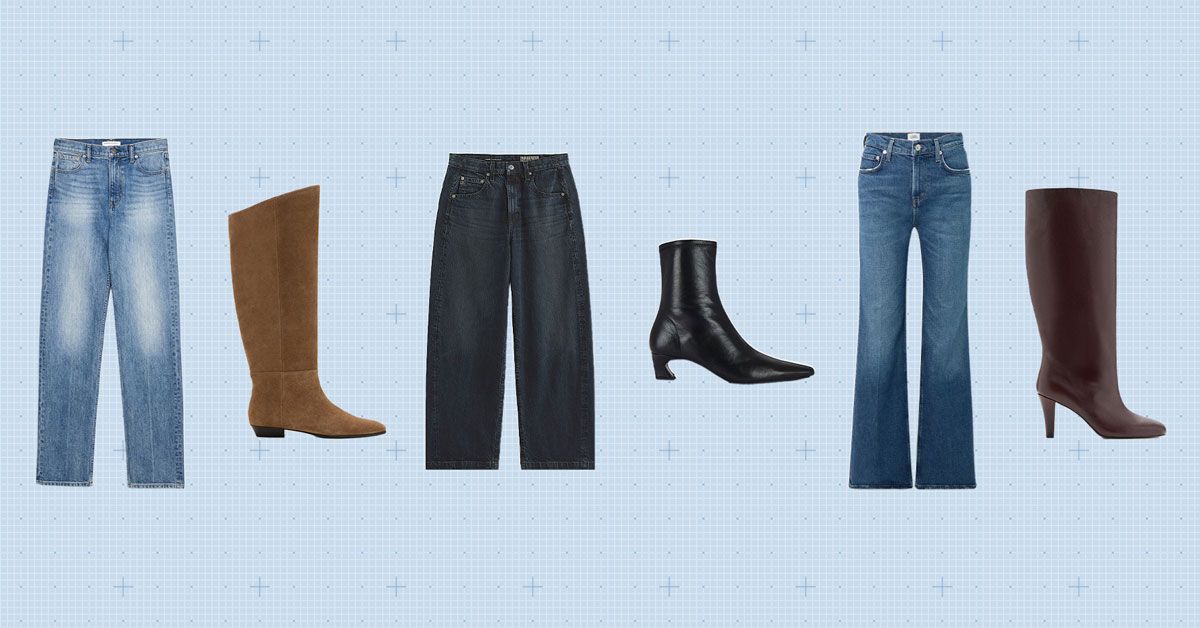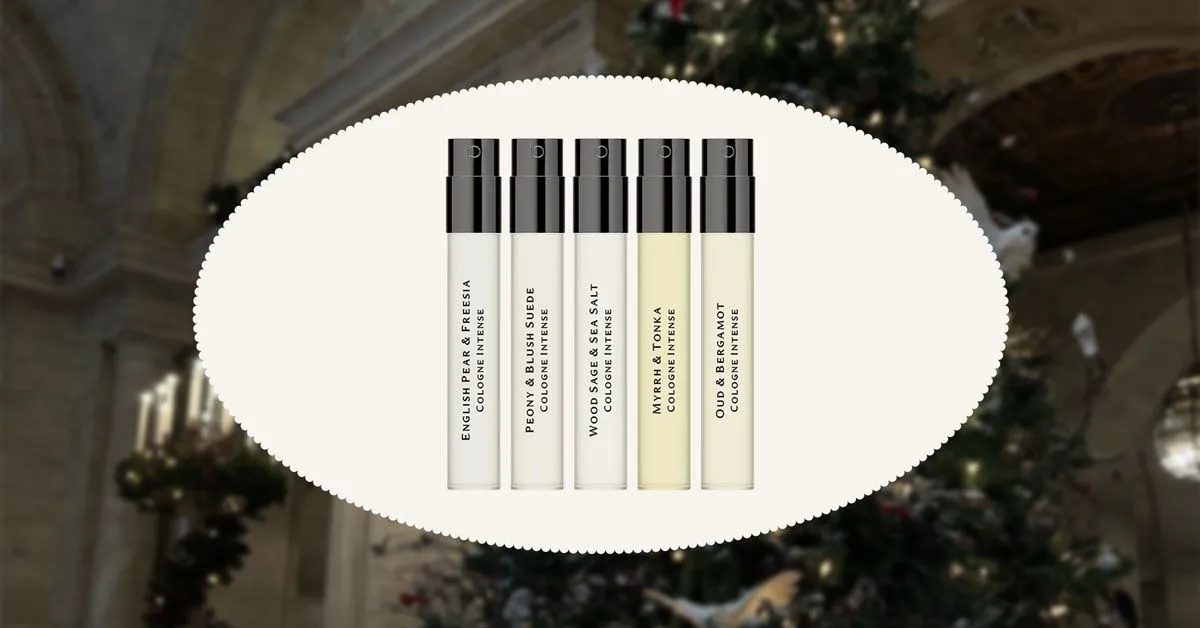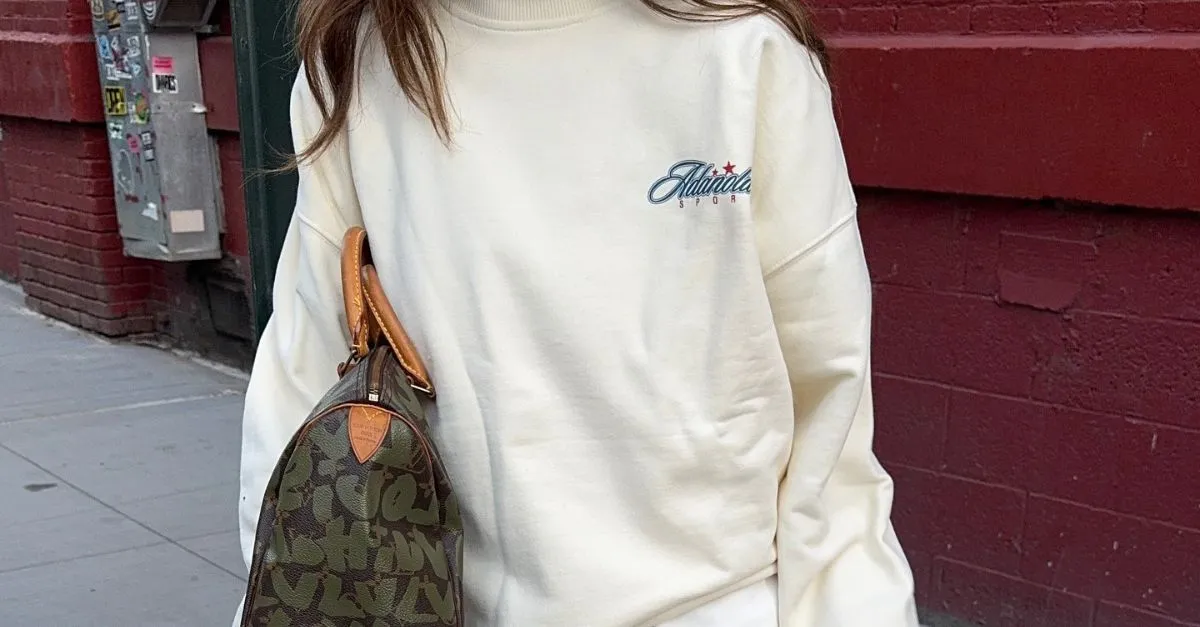Photo by allison christine on Unsplash
I am a thrifter. I’ve made this statement many, many times. In my opinion, it’s a badge of honor, but I didn’t always shop this way.
A memory surfaced the other day. I was feeling thankful I wouldn’t have to go to the mall to shop for holiday presents this year when I remembered a trip to Mall of America from way back in college.
A friend and I had taken the bus from our dorm, bought a soft sugary pretzel, and were shopping in Forever 21, as you do when you’re nineteen. There was loud music, obnoxious perfume in the air, intense fluorescent lighting, overstocked racks, and rows of shelves and tables and I remember thinking, This isn’t nice. This isn’t really that fun. But what can you do?
As a senior in college, it felt great to buy my graduation dress from a beloved vintage shop on Grand called Lula Vintage.
When I went into the store, the owner had oldies playing at a respectable volume and the sun was streaming in through the huge storefront windows. She asked me what kind of dress I was looking for and then she pulled dresses for me to try on while we chatted away. It was very nice and very fun. Experiences like these, plus many, many others along the way, have become the foundation for my love of thrifting and shopping secondhand.
I no longer buy fast fashion. (You can give me my gold star later.) I thrift my kids’ clothes and our home decor because I think those are two new types of fast fashion.
I sell some of the vintage pieces I find online and I encourage people, openly, persistently, to thrift! Thrift, I tell everyone. It’s saving the planet! Thrifting takes money away from stores that don’t pay all their workers a livable wage! Thrifting is really super fun!
Gentrification and Thrift Stores
It was a shock (all capitals SHOCK) to hear some folks online talking about “the gentrification of thrifting” and taking issue with thrifting becoming popular.
At first, I felt defensive, probably guilty, and a little bit like, Yeah, right. You (the online you, the opinionated you) can’t take this from me. It’s mine! I’ve been nurturing this pastime for over a decade!
I started from that standpoint, and then I relaxed. Since then, I’ve done some reading and I have so much to say!
I have lots of feelings and opinions, but I’m also very willing to hear out all other angles and personal takes. Feel free to, disagree and even get a little heated re: my thoughts on thrifting. I can handle it. Especially if we all keep in mind that we’re coming from the best place possible: a genuine love of buying secondhand.
If thrift stores are overshopped, folks who need the items they sell won’t have access to them.
Similarly, when thrift stores are heavily shopped with an influx of people who just discovering thrifting, those who manage the stores may charge more, making the clothes and other goods unaffordable for the people in the communities who might need them.
The general theory behind the gentrification of thrifting is this: If thrift stores are overshopped, folks who need the items they sell won’t have access to them. Similarly, when thrift stores are heavily shopped with an influx of people who just discovering thrifting, those who manage the stores may charge more, making the clothes and other goods unaffordable for the people in the communities who might need them. The same concerns people have about gentrifying communities and neighborhoods are being applied to thrifting. Let’s unpack this.
The History of Thrift Stores
Thrift shops, in a format similar to what we see today, came to be in the 1920s.
These shops were created to serve low-income communities who couldn’t typically afford new clothing. To this day, most thrift shops are meant to either serve the communities that surround them with affordable clothes and home goods or are affiliated with a church in the community or a different charitable organization.
For instance, Arc’s Vallue Village provides funding for research and support for people with intellectual and developmental disabilities. Shop for Change in Hopkins provides housing stability, clothing, and food for those in need. There are thrift stores that support halfway houses, schools, and retirement communities.
The list goes on and on. Thrift stores are often created as a means to help people, which is amazing, obviously.
Donated Inventory
The bottom line is this: We want goods to be available in thrift stores for people who need them. When putting this post together, I spoke to a couple of people who work in thrift stores and I asked about recent inventory. Maybe it’s because people are clearing out their homes and organizing with their free time during the pandemic, but many of the thrift stores I frequent are currently inundated!
Overwhelmed! So much so that many aren’t even accepting donations right now.
Even outside the pandemic, my opinion is that there is so much fast fashion in the world and so many textiles in existence in general that we could continue to clear out and fill thrift stores on a regular basis. This could be especially true if we got the word out on the topic and people continued to donate and circulate their used things in the thrifting cycle.
An Accessible Price Point
But we want the right price point. We want people in the community who frequent thrift stores to have access to the goods they sell at affordable prices.
In my own research, I haven’t been able to find any specific recent data that points to general increases in thrift store prices.
There are a lot of personal accounts of prices going up, but seemingly, no overall trends. And again, when I asked several people who work at thrift stores, responses varied. Some hadn’t raised their prices in years and didn’t plan to. A few stores adjust prices often.
Other stores price each item individually and volunteers choose the prices, so the outcome is ultimately random. Essentially, pricing structures vary by store, but there is still reason to do what we can to ensure that prices stay accessible across the board.
Finding That Thrifty Balance
As a shopper, I want to consider these issues and be mindful. I love buying secondhand and being thrifty in my consumption habits, so there are a few things I do now to help find a balance.
From what I understand, thrift stores want to be shopped! They need business; all of them do.
They want folks to purchase their goods. However, as I shop I now try to stay away from the “haul” mentality. I look for what I need or for an outfit I want to style or a nice dress to sell, but I’m not filling my cart just because it’s affordable. I’ve read and heard that interview suits and plus-sized clothing are hard to find when thrifting, specifically in low-income areas, so I’m careful to leave these things on the racks.
Shopping Mindfully
These days, I think more ahead of time about where to shop.
When I find a thrift store that aligns with something I value, great! I put that thrift store on my regular route! For instance, as a former special ed teacher, Arc’s mission is close to my heart, so I feel happy supporting them. I also try to shop thrift stores in my neighborhood so I can get to know those who shop and work there and also understand the role of the store in my direct community.
And I donate to stores often too.
When I can, I’ll shop sustainably made brands and support local businesses and other vintage sellers. When I thrift, I’ll think about the community I’m shopping in and about the goods I’m buying and why. And, maybe most importantly, I’ll continue to have conversations with people and stay open to other points of view.
For me, thoughtful shopping is the way to approach thrifting and gentrification. There’s not necessarily a perfect answer or response to this issue.
When I can, I’ll shop sustainably made brands and support local businesses and other vintage sellers. When I thrift, I’ll think about the community I’m shopping in and about the goods I’m buying and why. And, maybe most importantly, I’ll continue to have conversations with people and stay open to other points of view.
How do you feel about gentrification and thrifting? Tell me all about it in the comments below.
Meggie MaasWhen not caring for her two small but weirdly strong kids, Meggie enjoys all the thrifting, teaching barre and kids’ yoga classes at Blooma Yoga, reading fiction, watching Shrill, hanging out with buds and/or her husband, and laughing at her own jokes.
Original Article












